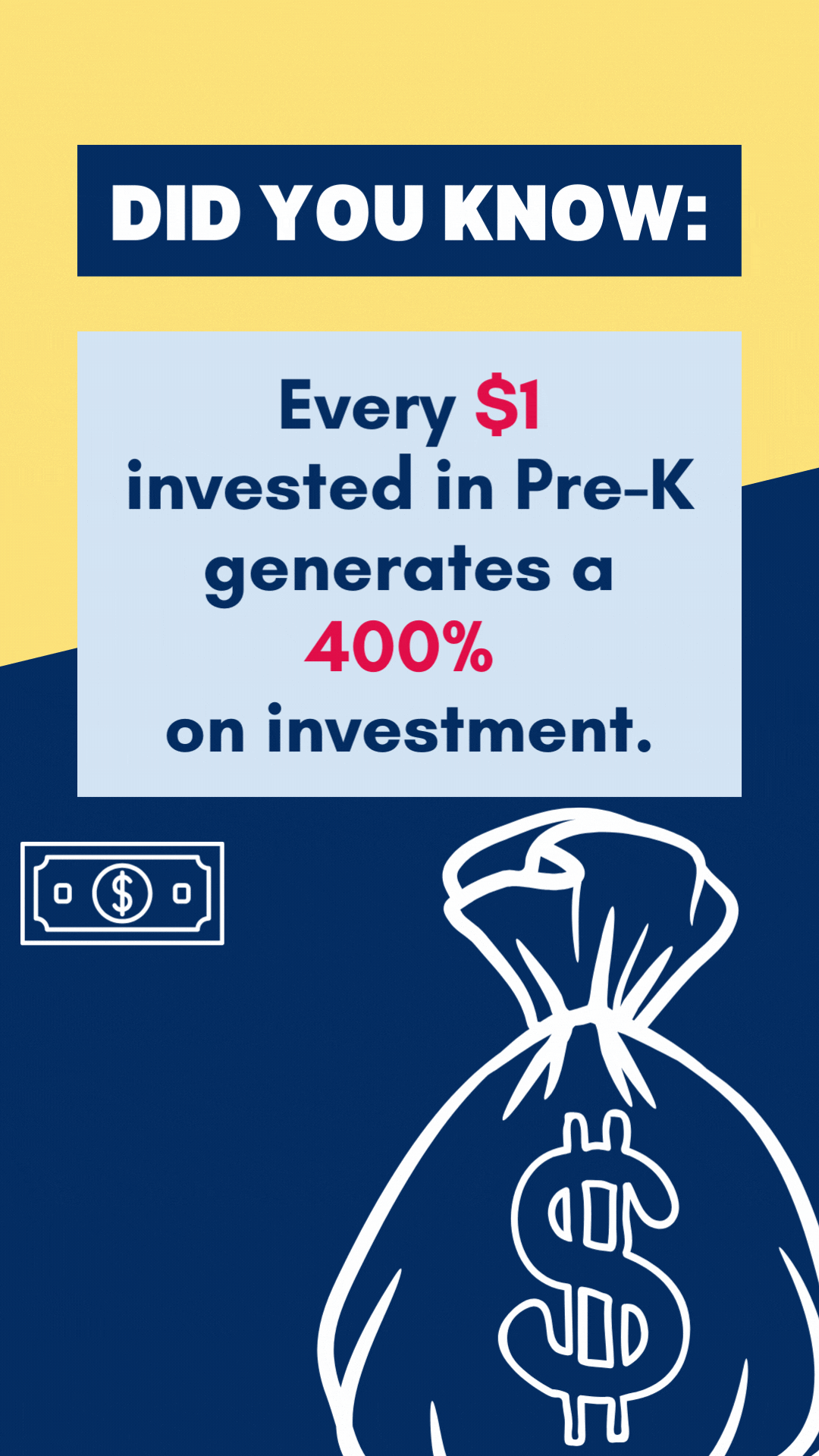Posted on November 9, 2023
Join us at ACNJ's 8th Annual Breakfast celebration featuring a panel discussion on how we can embrace social media while balancing the benefits against the risks.
Social media is an integral part of today's world. People are able to stay connected, businesses can reach more customers and organizations can promote their cause. For many, it has become a primary source to stay informed on current events and trends. Social media has a positive impact, but there are some downfalls, especially for children.
Join us as we listen to a discussion on the impact social networks have on children and youth, how to maximize the benefits, and how to minimize the risks.
 Moderator: Rosy Arroyo
Moderator: Rosy Arroyo
Administrator, Camden County Youth Services Commission
Member, ACNJ Board of Trustees
Rosy Arroyo is the Camden County Youth Services Commission Administrator and Community Engagement Reentry Coordinator. She focuses on reducing youth involvement in the justice system by coordinating system partners and community resources to create successful pathways for opportunities. Ms. Arroyo has also served as Executive Manager on Camden County’s Community Planning and Advocacy Council. She has led front end systems diversion efforts by working with law enforcement to support positive and increased engagement with the community. In order to provide a holistic approach to the work, Ms. Arroyo developed, and successfully implemented, a Youth Justice Family Engagement program to assist families with navigating the justice system. She holds a B.A. in Political Science/Economics from Rutgers University and a M.S. in Public Policy from Drexel University. She is currently working on the development of a Restorative and Transformative Justice HUB in the city of Camden, and also serves as a Member on the ACNJ Board of Trustees.
 Jeffrey Lane, Ph.D.
Jeffrey Lane, Ph.D.
Associate Professor of Communication
Rutgers University, New Brunswick
Dr. Jeffrey Lane is an Associate Professor of Communication at Rutgers University in New Brunswick, New Jersey. He holds a Ph.D. in Sociology from Princeton University. Dr. Lane studies communication and technology as it relates to urban life, youth culture, criminal justice, and social inequalities. He is the author of The Digital Street (Oxford University Press, 2019), a neighborhood study of social media use in Harlem (NYC). Dr. Lane is the co-founder and co-chair of the Rutgers Digital Ethnography Working Group (DEWG), a Faculty Affiliate of the New Jersey Center on Gun Violence Research at Rutgers University, and a Research Affiliate of the Center on Digital Culture and Society at Annenberg School for Communication at the University of Pennsylvania. His research has been published in peer-reviewed journals such as, American Behavioral Scientist, Journal of Computer-Mediated Communication and New Media & Society, and written about in popular news outlets like The Atlantic, New York Times and New York Magazine.
 Ravjit (Ruby) Sekhon MSW, LCSW
Ravjit (Ruby) Sekhon MSW, LCSW
Program Manager, School and Community Based Programs
Director, Middlesex County NJ4S HUB, Rutgers University Behavioral Health Care
Ruby Sekhon works at Rutgers University Behavioral Health Care and is overseeing the new state initiative from the Department of Children of Families (DCF)--the New Jersey Statewide Support Services (NJ4S) program for Middlesex County. This program is designed to enhance students’ access to prevention and mental health services through a hub-and-spokes model of care. A major focus is on creating educational workshops and presentations to schools and communities on various topics to support the emotional, behavioral and mental health needs of students. Ms. Sekhon has over 15 years of experience in the field of social services working with diverse populations in a variety of settings including, but not limited to, hospitals, schools, nonprofits and case/care management programs. She completed her Bachelor of Arts in Psychology and with a minor in Global Studies at Kean University and holds a Masters in Social Work from Rutgers University, with a specialization in Gerontology. She is a licensed level clinical social worker in New Jersey and holds a certification in Clinical Supervision that allows her to provide advanced-level supervision to professionals obtaining clinical hours for their mental health and substance use credentialing.

Youth Panelist: Ziany Lee Gunther
Web Design Intern, Hopeworks, Camden
Ziany Lee Gunther is a web design intern at Hopeworks, a non-profit organization that provides training and opportunities for youth in Camden, New Jersey. She is skilled in HTML, CSS, WordPress, Figma and Adobe Photoshop. She is also a chairperson and recruiter at Community Planning & Advocacy Council (CPAC), where they perform street outreach and organize youth focus groups to improve community resources. Ms. Gunther graduated from Creative Arts High School in 2022 with a diploma in fashion design. She is also ABA banking certified and has experience in customer service. She has a strong passion for helping others and making a positive impact in their communities.





